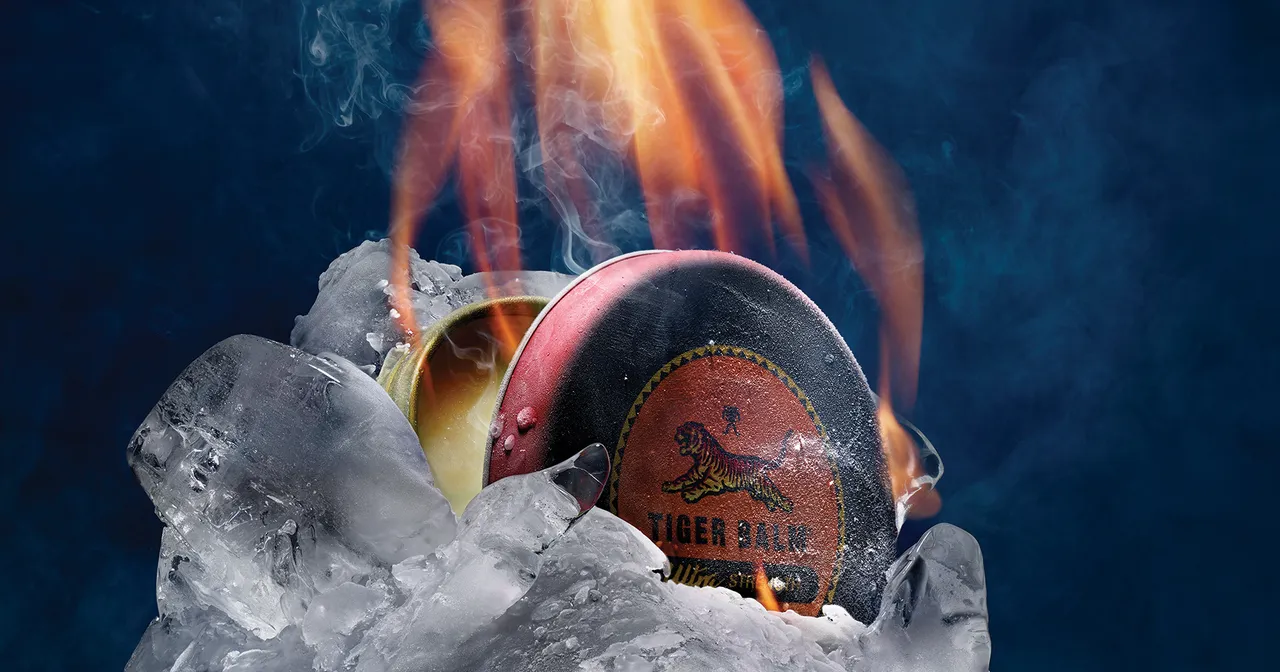Tiger Balm is a household name across Asia and many parts of the world, known for its soothing heat, cooling menthol, and aromatic herbal mix. Yet a persistent question haunts curious readers: why is Tiger Balm illegal?
In this article, we dig deep into that question — separating myths from facts, examining regulatory frameworks, and understanding where and why restrictions might exist.
1. Origins & Composition of Tiger Balm
To understand why is Tiger Balm illegal, it helps to know what’s inside and how its formulations vary.
Tiger Balm originated in the late 19th century, created by Aw Chu Kin and later marketed globally by his sons under the Haw Par group. Over time, different countries required slightly modified formulations to comply with their regulations.
Typical Ingredients & Functions
Common active ingredients include:
- Menthol – cooling, counterirritant
- Camphor – warming, improves circulation
- Methyl salicylate – pain relief
- Essential oils – such as cajuput, clove, and eucalyptus
- Base substances – petroleum jelly or paraffin wax
Depending on the region, camphor content might vary from 11% to 25%, and these variations often determine whether a product meets local safety limits.
2. Why Bans or Restrictions Might Arise
When people ask why is Tiger Balm illegal, the answer usually involves ingredient safety limits, labeling rules, or import restrictions rather than a full ban.
2.1 Camphor and Its Risks
Camphor is the main reason for regulatory scrutiny.
At high concentrations, camphor can cause skin irritation, seizures, or even respiratory issues, especially if accidentally ingested or used on children. Many health authorities restrict camphor levels in over-the-counter balms to a safe range.
If a version of Tiger Balm exceeds these limits, it can’t be legally sold in that market — but that doesn’t make the brand itself illegal.
2.2 Methyl Salicylate and Topical Safety
Methyl salicylate, another key ingredient, provides warmth and pain relief but can be toxic in high doses or with excessive use.
Overexposure can lead to salicylate poisoning, particularly when used alongside aspirin or other salicylate-based drugs. As a result, some countries restrict its concentration in topical balms.
2.3 Labeling, Marketing, and Claims
Sometimes, restrictions arise not from ingredients but from how a product is marketed.
If a balm claims to cure or treat serious conditions without sufficient evidence, regulators may classify it as a medicinal product requiring full pharmaceutical approval.
Inadequate safety warnings or missing ingredient lists can also lead to penalties or bans on specific variants.
2.4 Import & Trade Regulations
Another factor behind “why is Tiger Balm illegal” is customs control.
Some countries restrict herbal medicines or require special documentation for products with strong aromatic ingredients. If importers fail to meet those requirements, customs authorities can seize or reject the product — even if it’s otherwise safe.
3. Where Has Tiger Balm Faced Restrictions?
Let’s look at how different regions handle Tiger Balm and its ingredients.
United States
In the U.S., Tiger Balm is legal and widely sold in pharmacies and online. However, the Food and Drug Administration (FDA) limits camphor content in topical products to no more than 11%. Older or imported versions exceeding that limit would not be allowed for sale.
United Kingdom and Europe
In the UK and EU, Tiger Balm is legal when it meets labeling and safety standards. Only certain formulations can be imported or sold, and any version exceeding approved ingredient levels might be restricted.
Some European countries also limit advertising claims, ensuring that Tiger Balm is sold as a topical relief balm rather than a medicine with unverified medical promises.
Singapore and Asia
In Singapore and other ASEAN countries, Tiger Balm is regulated under medicated oil and balm categories. As long as the ingredients meet safety limits and labeling guidelines, the product remains fully legal.
Illegal cases usually involve counterfeit or unregistered imports rather than the genuine brand.
Counterfeit and Misleading Versions
In the past, fake “Tiger Balm” products were found containing animal ingredients or unapproved substances. Such counterfeit items have been seized and banned, which added to the confusion about Tiger Balm being “illegal.”
4. The Myth vs. Reality: Is Tiger Balm Actually Illegal?
Despite the rumors, the truth is that Tiger Balm is not illegal in most countries. The confusion arises from a mix of misinformation and specific product variations.
Why the Myth Persists
- High camphor versions that exceed limits are restricted in some areas.
- Counterfeit or fake products containing illegal ingredients have been seized.
- Misinterpretation of regulations — people assume if one variant is banned, the entire brand is.
- Rumors of animal ingredients — though the real Tiger Balm contains no tiger parts, the name has caused misconceptions.
- Regulatory differences — rules vary by country, creating inconsistencies that lead to confusion online.
The Reality
Most modern Tiger Balm products comply with international safety standards. When legally sold through authorized distributors, they are perfectly legal to use and own.
5. How to Use Tiger Balm Safely
Even when it’s legal, correct use is important for safety and effectiveness.
- Do a patch test before applying to a large area.
- Use sparingly, following package instructions (typically 2–3 times daily).
- Avoid contact with eyes, mouth, broken skin, and sensitive areas.
- Do not use on children under 12 without medical advice.
- Avoid heat exposure like hot pads or saunas after application — it increases absorption.
- Store safely away from children or pets.
- Never ingest Tiger Balm, as internal use can be toxic.
- Check authenticity — buy only from trusted sellers or pharmacies.
6. Alternatives & Comparisons
If your region restricts a certain Tiger Balm version, or if you prefer something milder, consider:
- Icy Hot or Biofreeze – cooling analgesic gels
- Voltaren Gel – anti-inflammatory pain relief
- Arnica cream – natural herbal option for bruising or soreness
- Capsaicin cream – warming effect for chronic muscle pain
- Homemade essential oil blends – with peppermint, eucalyptus, or lavender oils
Always read labels and ensure any alternative complies with local regulations.
7. Conclusion
So, why is Tiger Balm illegal? The short answer: it usually isn’t.
Tiger Balm’s reputation for being banned stems from misunderstandings about ingredient concentrations, labeling rules, or counterfeit products. Regulatory authorities worldwide generally allow its sale, provided it follows local safety limits.
The next time you hear someone say it’s banned, remember: what’s often “illegal” is a specific version, not Tiger Balm itself. When purchased from legitimate sources and used correctly, it’s both safe and effective for muscle aches, headaches, and everyday discomfort.
8. FAQ
Q1: Is Tiger Balm banned everywhere?
No. It is legally sold in most countries. Only certain formulations that exceed safety limits are restricted.
Q2: Why do people say Tiger Balm is illegal?
Because of past confusion with counterfeit or high-camphor versions, and varying regulations from country to country.
Q3: Can children use Tiger Balm?
It’s generally recommended for those over 12 years old. For younger children, consult a doctor first.
Q4: Is there real tiger in Tiger Balm?
No. The name is symbolic — it represents strength and vitality. The balm contains no animal-derived ingredients.
Q5: How can I know if my Tiger Balm is legal?
Check that it’s from an authorized retailer, properly labeled, and compliant with local regulations.







Leave a Reply